Top 10 Summer Fruits & Vegetables
Summer is coming with it so many tasty, healthy fruits and vegetables. Rev up your usual menus with the produce that’s now in season.
It’s easy, delicious, and nourishing.
1. Zucchini
In most areas, zucchini (sometimes called “summer squash”) is plentiful in mid-summer, offering lots of fiber, protein, vitamin C & A, manganese, and omega-3 fatty acids. Zucchini is highly versatile in the kitchen. Bake it by cutting in half and drizzling with oil, salt, and pepper, then placing in a 350 degree oven until tender (about 20 minutes). Or add the vegetable raw to salads (grate it or cut into thin pieces), make zucchini bread or muffins, or cut into thin pieces and use as a healthier replacement for pasta.
When purchasing zucchini, look for vegetables about the size of a cucumber with smooth, blemish-free skin.
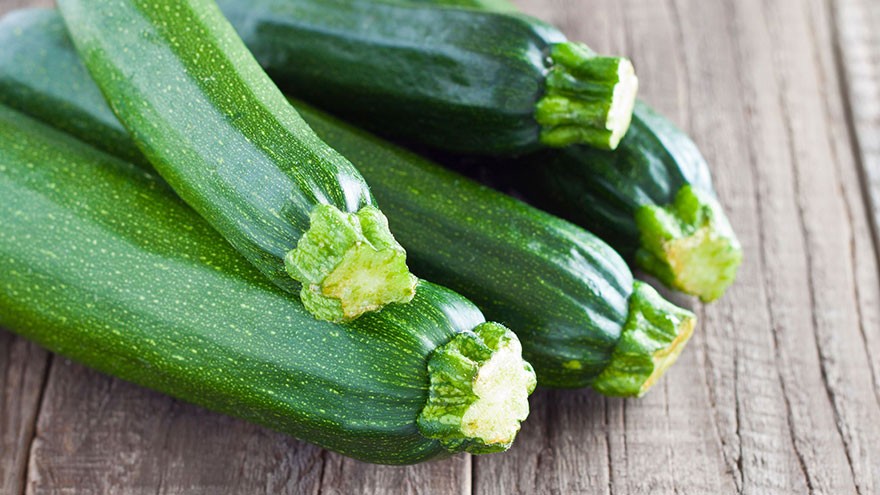
2. Blueberries
Blueberries are not only delicious, but amazingly healthy. An excellent source of vitamin C, magnese, and fiber, blueberries are low in calories and carbohydrates, as well as low on the glycemic index.
They make an excellent snack or addition to salads. Add them to pancakes or crepes or bake them into quick breads or cakes. Add them to yogurt or ice cream, or make a blueberry cobbler, tart, or pie. When selecting blueberries, look for plump, evenly purple fruits.
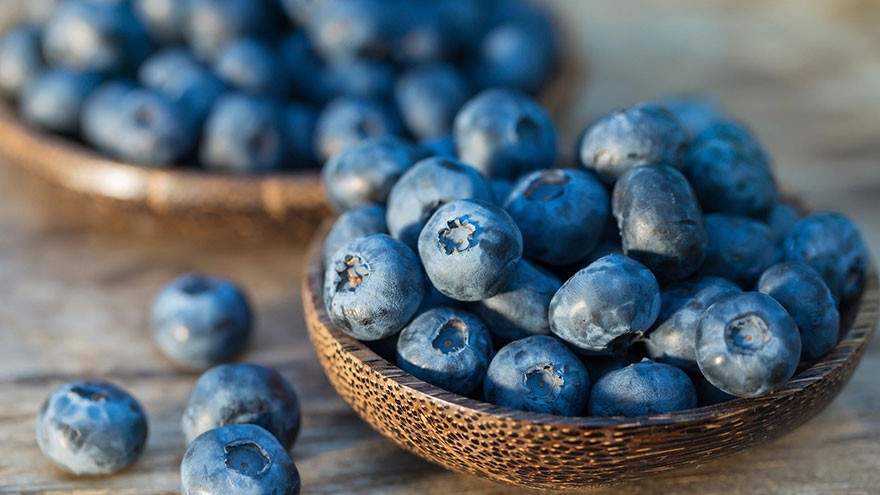
3. Cucumbers
Cucumbers are cool and refreshing on a hot day, due largely to their high water content. They are also a good source of vitamin C, fiber, magnesium, and potassium.
Add raw cucumbers to salads (with or without their skins, although removing the skin removes much of the nutrients in this vegetable), sandwiches, soups, and dips. When buying, look for smooth-skinned, blemish free vegetables.
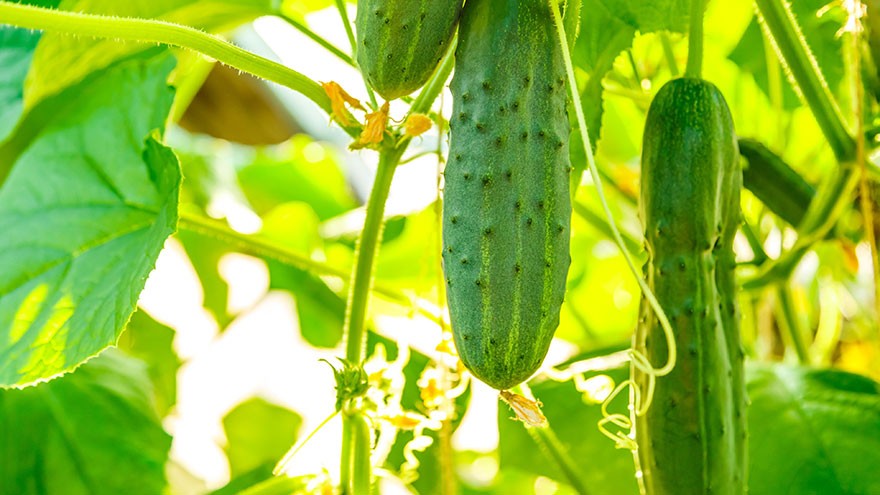
4. Kohlrabi
This newly trendy vegetable is well worth trying. Sometimes called a cabbage turnip, the vegetable actually looks something like a huge green or purple radish. Young, tender kohlrabi leaves are excellent sautéed with a little olive oil and garlic.
Eat the bulbs raw, grated or chopped into salads, or serve with other raw vegetables and dip. Kohlrabi can also be boiled or steamed. When shopping, select smallish, firm bulbs less than 3 inches in diameter.
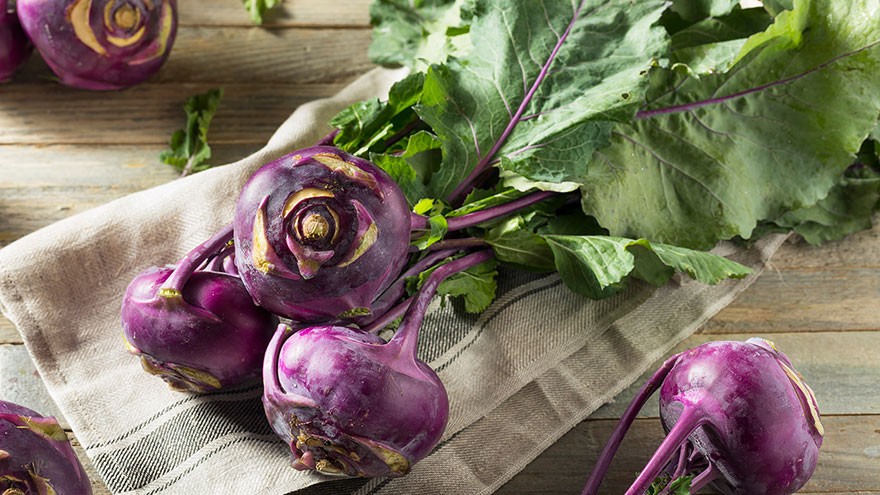
5. Green Beans
This traditional favorite is most plentiful in summer. An excellent source of fiber, green beans are terrific added raw to salads – or just eat a handful for a snack.
Steam or blanch green beans for a simply delicious side dish. When purchasing, look for smooth, green pods without blemishes. Larger pods are generally less sweet.
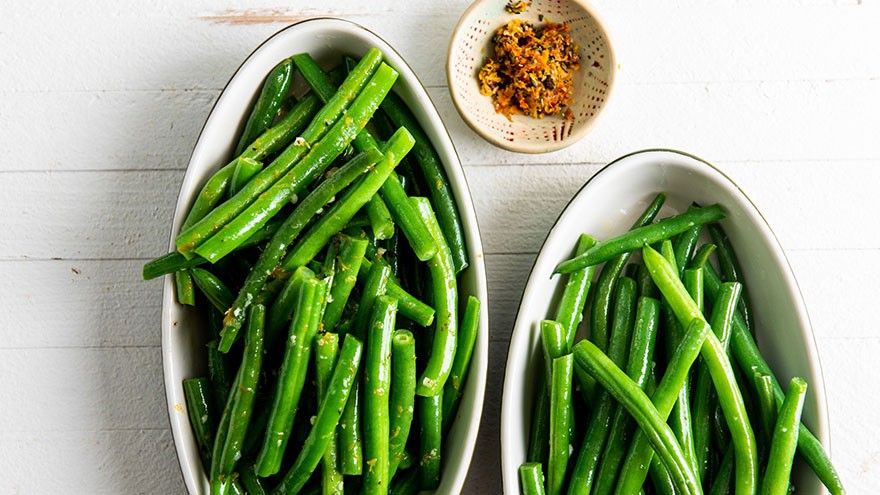
6. Collards
A great source of vitamins C and A, as well as folate, collards are widely known in the American South, but much less eaten elsewhere in the U.S. Young collard leaves are superb sliced into thin strips and sauteed with garlic, salt and pepper. Traditionally, collards are boiled in water with a ham hock or smoked piece of meat.
The leaves are then eaten while the resulting liquid is sopped up with cornbread. When selecting collards, know that young, small, tender leaves are the most tender, while older, larger leaves can be quite bitter.
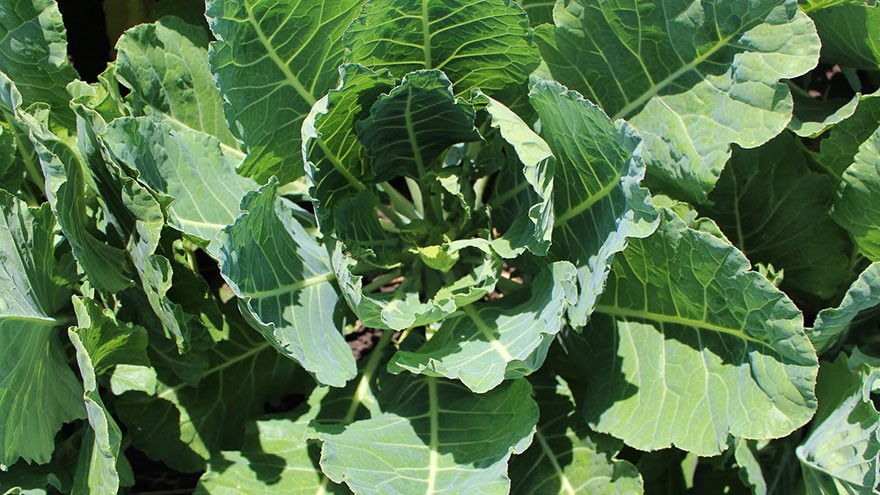
7. Snap Peas
A good source or iron and vitamin C, snap peas are superb eaten raw, directly from the garden. Serve them alone, as a snack, or add them whole or chopped into salads or with other raw dipping vegetables.
They may also be steamed or blanched directly in the pod, or removed from the pod and steamed or boiled. When selecting snap peas, look for firm, plump pods without blemish.

8. Tomatoes
Store bought tomatoes are rarely worth eating, but in the summer Farmer’s Markets are bountiful with truly ripe, delicious tomatoes. A great source of vitamin C and A, as well as potassium, tomatoes are versatile.
They can be eaten raw with dip or added to salads. Slice them and add them to pizzas, breads, and sandwiches orr cook them into sauces. When purchasing, look for tomatoes that are heavy for their size and blemish free.
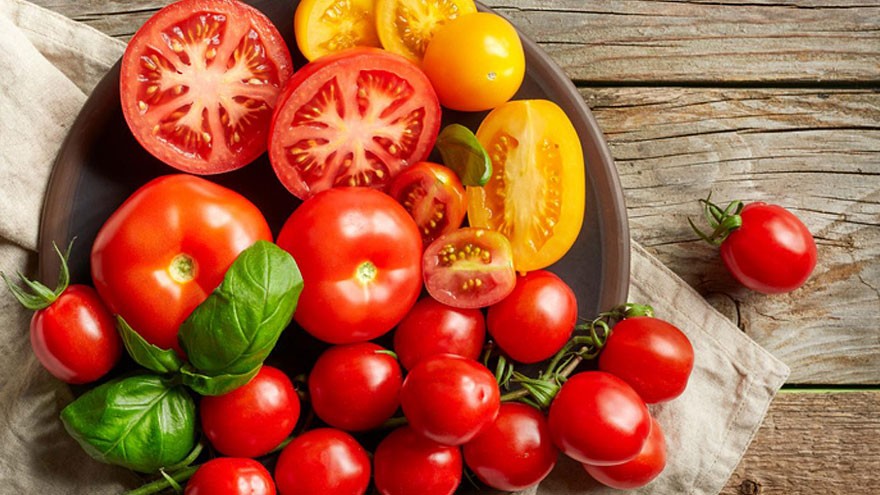
9. Corn
Fresh corn is a great source of fiber and vitamin C. Cook it in boiling water or on the grill. Or remove the kernels from the cob and add them to salads and dips.
When shopping for fresh corn, select husks that are moist and fresh. Peel back a bit of the husk and look for plump kernels that fit snugly together.

10. Strawberries
Although some grocery stores carry strawberries year round, the fruit is best in the summer. An excellent source of vitamin C and manganese, strawberries may be eaten alone or with cream. They also make excellent jams, jellies, and sweet sauces, as well as pies, tarts, or cobblers.
Add them to fruit salads, or slice them, mash them ever so slightly, and add a little sugar to them to make an excellent ice cream topping. For more ideas, check out Our Deer’s strawberries recipes. When selecting strawberries look for plump, evenly colored fruit.
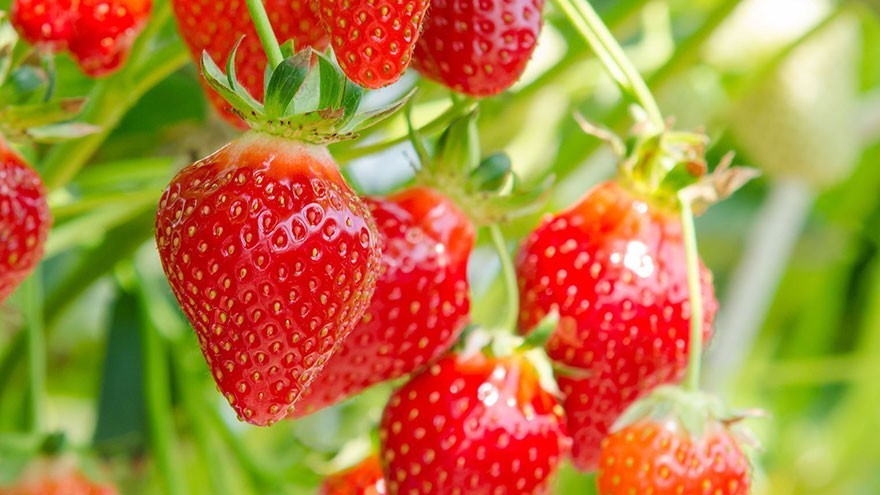
Check out the video version of this article on YouTube

